
NPS "My life on the farm during the Great Depression more nearly resembled farm life of fully 20,000 years ago than farm life today.I have reflected on it often since that time; social eras change at their own curious pace, depending on geography and technology and a host of other factors. It is incredible with what speed those changes have totally transformed both the farming methods and the very life-style I knew in my boyhood." Jimmy Carter, 1975
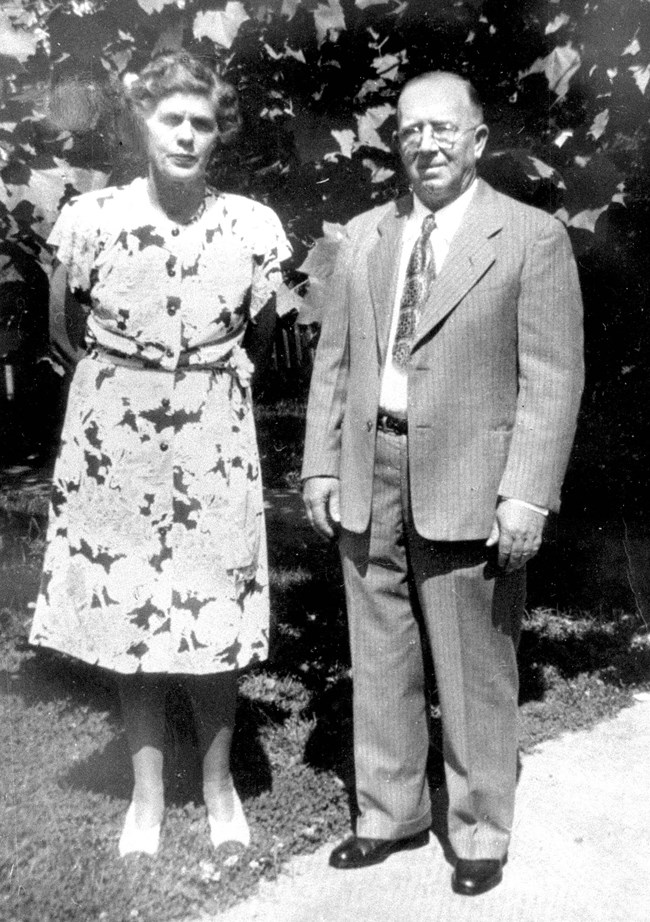
NPS James Earl Carter, Sr. and his family moved to this house in 1928, six years after it had been built by the Plexico family. The house is typical of a middle class rural dwelling in southwestern Georgia during the 1930s. Heat was originally provided by fireplaces and woodstoves. Initially, there was no running water and electricity was not available until 1938. This farm was sold by Earl Carter to T. Richard Downer in 1949. The Downer family owned the property until 1994 when the National Park Service purchased 17 acres of the original 360-acre farm which includes the residence and surrounding structures. The site is restored to its appearance before electricity was installed in 1938. 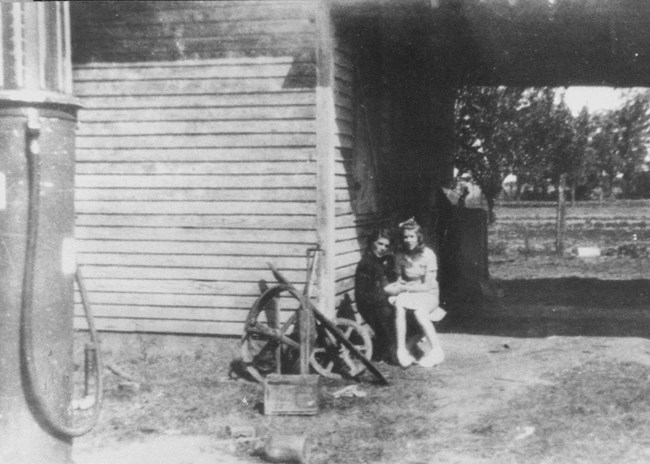
NPS "Our farm was at Archery, about three miles west of Plains, Georgia. Of course, Archery was not incorporated or organized in any way; it was just the name of the rural community and train stop." Jimmy Carter , 1975
The day the Carter family moved to the farm in 1928 was memorable. Earl Carter forgot his house key and his 4-year-old son Jimmy crawled through a window to open the front door. The family did not lock the door again.“When electricity came to the farm,” Jimmy Carter recalled, “an unbelievable change took place in our lives.” This farm was home to Jimmy Carter until he departed for college in 1941. Jimmy’s siblings, Gloria, Ruth, and Billy were also raised on the farm. The Carters grew peanuts, cotton, sugar cane, and corn to sell, and raised vegetables and livestock for their own consumption on this farm.The store adjacent to the Carter home had various rural necessities available for sale: canned goods, coffee, lamp wicks, kerosene, soap, lard, tobacco, overalls, shoes, flour, sugar, cornmeal, castor oil, and homemade syrup. Earl Carter also sold hams, pork shoulders, and sausage which had cured in the smokehouse. Farm workers and neighbors could buy their goods on credit and settle their bill on payday, which was Saturday. The store would occasionally be opened during the week if a purchase was necessary. 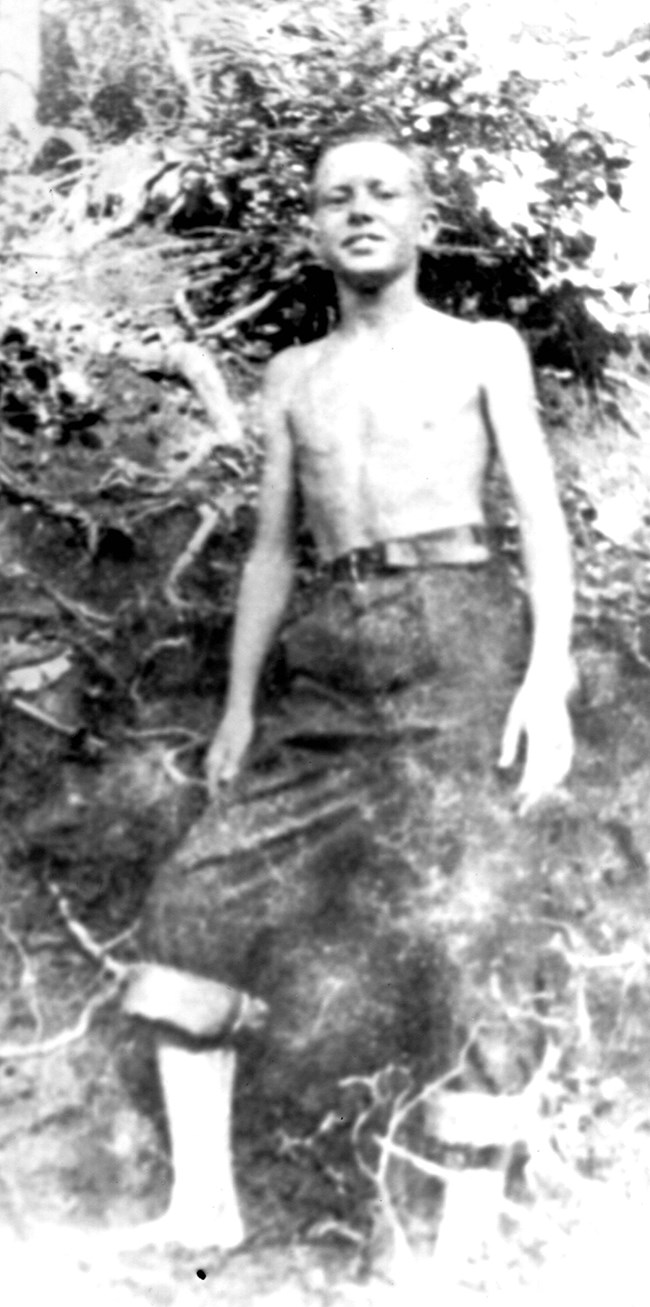
NPS "My black playmates were the ones who joined me in the field work that was suitable for younger boys. We were the ones who “toted” fresh water to the more adult workers in the field. We mopped the cotton, turned sweet potato and watermelon vines, pruned deformed young watermelons, toted the stove wood, swept the yards,carried slop to the hogs, and gathered eggs-all thankless tasks. But we also rode mules and horses through the woods, jumped out of the barn loft into huge piles of oat straw, wrestled and fought, fished, and swam.The early years of my life on the farm were full and enjoyable, isolated but not lonely. We always had enough to eat, no economic hardship, but no money to waste. We felt close to nature, close to members of our family, and close to God. " Jimmy Carter, 1975
It was in this rural setting that Carter grew to adulthood. His enjoyment of and concerns for the environment, his farming expertise, his keen business sense, and his later interest in civil rights were developed as he mopped cotton, hunted doves, worked in the fields, raised stock, operated his father’s store on the farm, and interacted with his father’s employees. Some of the jobs were enjoyable; some were pure drudgery. One of the most unpleasant jobs on the farm was mopping cotton. Boll weevils were a problem during the 1920s so it was necessary to poison cotton buds to control the insects.The normal process used was to mix arsenic, molasses, and water, to pour this mixture into a bucket, and to walk down each row of cotton with a rag mop on the end of a stick, dip the mop into the bucket, and apply a small amount of the mixture into the bud of each cotton plant. The job was for boys, and not men, and Jimmy Carter hated this task. After a few hours in thefield, his trousers, legs, and bare feet would become saturated with the syrupy mess. The flies would swarm around him and at night he took off his trousers and had to stand them in the corner because the legs would not bend. Hauling cotton to the gin or watermelons to the railroad was always exciting. Working in the blacksmith shop on the farm was challenging. Most of their food was raised on the farm. Sweet potatoes were a major part of the family’s diet. Other crops raised were watermelons, corn, black-eyed peas, cabbage, Irish potatoes, pecans, and beans. The hours of work meant days were long on the farm, from sunup until sundown. Like other area farmers during this era, Earl Carter was exploring every opportunity to diversify his own farming operation. Although cotton had been his main cash crop,Earl was one of the first to shift to greater dependence on peanuts. Jimmy Carter was a businessman even as young as five years old when he sold boiled peanuts on the streets of Plains. He would earn about $1.00 per day gross income selling peanuts, and on Saturdays sometimes he could sell as much as five times that amount. He would get up early on Saturday morning and fill up his buckets with choice peanuts. They would be washed and boiled in salt water and then he would rush through the morning farm work. After breakfast Jimmy would walk the railroad tracks to Plains carrying the peanuts in two large baskets. When he got to Plains he sold the peanuts for a nickel a bag. 
NPS Farm animals included cows, guinea hens, ducks, geese, and pigs. Jimmy also had pets to take care of such as dogs, shetland ponies, and occasional calves and pigs for Future Farmer of America projects. Dogs were constant companions; they were used for playmates and also for hunting squirrels, rabbits, coons, possums, and other small game. Although chores kept the family busy, there was always time for recreational activities. A clay tennis court was located between the house and the store. The Carter family were known for their competitive spirit. The girls had a play house adjacent to the Carter home. Fishing, hunting, reading, playing with homemade toys, and listening to their father’s battery-powered radio were also favorite pastimes. 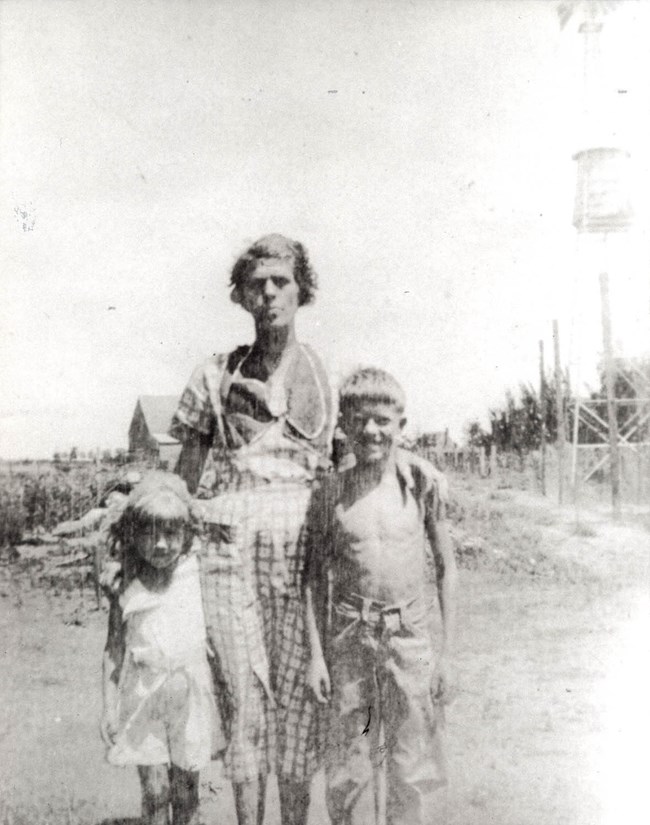
NPS "I preferred to plow or hoe during cultivating time, but my job as a boy was often to provide drinking water for the dozens of workers in the field, almost always remote from any wells, with natural free-flowing springs the only source of water......Fetching water from these springs was hard work. They were almost always at the bottom of a steep incline, where the ground was usually wet and boggy, and the fields were far away on flat ground. Since Daddy was paying the field hands by the day, he didn’t want them to take off every time they needed a drink, so I had to keep them supplied. I carried a two-and-a-half gallon bucket in each hand. At least, that was the amount of water with which I would leave the spring. Despite some short, flat boards I placed on the surface to reduce sloshing, not all my load survived to be offered to the thirsty field hands after I had climbed the hill and walked to the field... ...With sometimes as many as thirty workers to satiate under a summer sun, this was as difficult as any task I ever had on the farm. I envied the plowmen and hoe hands, and always thought that my father should have given this job to the biggest and strongest man, not to his only boy, though I was sure he loved me despite this torture." Jimmy Carter, 2001
Other than getting electricity, getting running water on the farm was one of the most important changes to occur in Jimmy’s life. Hauling water was one of the most difficult jobs that he had as a boy. Watering the livestock seemed to be an endless task. Smaller animals drank water from a trough which was fed from a well in the backyard. Water for the home was retrieved from a well and handpump on the back porch.Jimmy Carter said, “It was a great day in 1935 when Daddy purchased from a mail-order catalogue and erected a windmill with a high wooden tank and pipes that provided running water for the kitchen and a bathroom with toilet. We even had a rudimentary shower made from a large tin can with its bottom perforated by nail holes.” The original purchase price for a complete windmill like Earl Carter had was around $500, including a 1929 galvanized steel windmill, tower, tank, well pump and parts. “One extra benefit was that the top platform of the windmill, up near the fan blades, gave a good view of the nearby fields,” Jimmy Carter said. Earl Carter’s windmill no longer remained on the farm when the site was opened in 2000. A windmill like the one he had, called a Challenge 27, was replaced on the farm. It proved to be a “top-of-the-line” mill manufactured by the Challenge Co. in Batavia, Illinois. This working windmill now pulls water from about 160 feet below ground and needs at least an eight-mile-an-hour breeze to pump at the rate of 120 gallons an hour. The wooden tank holds 1,700 gallons of water.Jimmy Carter’s experiences on the farm and later in theU.S. Navy gave him insights into non-oil dependent energy resources. As President, he stressed our nation’s need for innovative energy solutions. 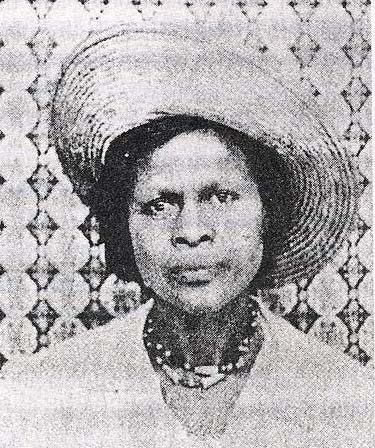
NPS "In the undefined community of Archery there lived two permanent families who were white, one my own family and the other that of the Seaboard Railroad section foreman. There were usually one or two more transient white families and about twenty-five black families in the community." Jimmy Carter, 1975
The town of Plains was for the Carter children the center of commerce, education, and religion. During his childhood Jimmy Carter didn’t consider himself part of the Plains society, but always thought of himself as a visitor when he entered what he called that “metropolitan” community. He attended school and church in Plains and even traveled to nearby Americus on occasion but his life was mostly tied to his home in Archery. This small rural community consisted of a train stop, the St. Mark African-Methodist-Episcopal (A.M.E.) Church (located 1/2-mile southwest of the Carter home), houses used for railroad employees, and a school for black youth. This school known as the Johnson Home Industrial College offered primary, high school, and vocational classes to male and female African-American students. Classes taught job skillsto enable students to pursue careers other than farming.Most Archery residents worked as sharecroppers, tenant farmers, or day laborers on farms. Jack and Rachel Clark were day laborers who lived in a cabin on the Carter farm. They were provided a place to live and earned a salary in exchange for their work. Jack Clark tended mules, rang the cast iron bell to wake them each morning, took care of the barn, yard, and vegetable garden around the Carter home, collected the wood and lit the fireplaces in the Carter home each winter morning. Rachel Clark was as close to the Carter family as a “second mother” could be. She worked picking crops sometimes and cared for the Carter children when their mother, Lillian Carter, worked as a nurse in the community. Jimmy Carter’s young life was shaped by Rachel Clark who he remembered as being a close companion, confidante, and someone who enhanced his fishing skills. 
NPS The impact of the Carter family’s environment during childhood cannot be overestimated. The location, their family life, their relationships with neighbors, and this place in time each factored into the development of the Carter children. Their upbringing and the things that were important to them guided their formation as adults. Their childhood environment serves as an example of the past guiding the future. The requested video is no longer available.
|
Last updated: March 24, 2025
